Botox and Fillers: Which Is the Right One for You?
Confidence is like beauty; they both originate from within and then project outward for the whole world to appreciate. It is vital to understand the dynamics of interior and exterior forces if we want to assess the best ways of maintaining your most attractive qualities.
The analysis of superficiality vs. depth is more than just a metaphor. We must treat the skin on its surface and below it simultaneously. After all, fine lines form along many planes of our complexion, so we need to eradicate them on multiple levels to fight the aging process comprehensively.
Botox and facial fillers work together (or separately) to enhance the skin and embrace your youthfulness. To learn which products are best for your brilliant skin, let’s get to the root of your aesthetic issues.
What Causes Wrinkles?
Skin is amazingly pliable. It stretches and contracts with astounding flexibility, but every complexion has its limits. After years of push-and-pull, the skin has trouble “bouncing back” like it used to in our younger years.
There are many reasons why lax skin develops creases. One of the main causes of wrinkles is the depletion of proteins like elastin and collagen in aging bodies. When we produce less of the supportive materials that prop up our skin, it slowly collapses. As skin hangs farther and farther away from its underlying muscle and soft tissue, the complexion puckers noticeably.
Another root cause of fine lines is muscular contraction. Every time you wink, laugh or frown, your skin reacts. The repetitive motion of facial muscles creases skin, creating etched lines around the eyes, mouth, and nose. In order to halt the spread of unwanted wrinkles, we must identify the muscular activity that is exacerbating the aging process and relax them at their source.
Stop the Tug-of-War
Botox is a miraculous compound that eases muscular tension, ushering in a new age of placidity and smooth skin. The way it works is complex yet comprehensive. When your nervous system sends a signal to your facial muscles telling them to contract, your muscles follow their orders.
By disrupting this signal, Botox allows you only to show the emotions you wish to convey rather than every involuntary twitch and cringe that persists on your face. Botox blocks the release of acetylcholine at the neural junction. This reduces the stretching and stress on your skin at the point of injection.
Even though the results of Botox are profound, they only take a short amount of time to take effect. Your skin may begin to show improvement in as little as 24 hours after an injection session, or they may take up to two weeks to integrate with your appearance.
Enhance Your Skin from Within
Dermal fillers are similarly efficient in their activation. Restylane and Juvederm, for example, produce immediate results that only get better over the course of one to two weeks. During this time, the filler of your choice mingles with the natural substructures of your skin, bolstering their strength and preserving their youthful contours.
The active ingredient in Juvederm and Restylane is hyaluronic acid, also known as hyaluronan (HA). The human body naturally produces HA, so facial fillers formulated with this compound are safe and effective. When your doctor gently injects HA below the skin, your complexion radiates its ideal fullness and hydration. Indeed, HA molecules bind with water, cradling moisture and delivering an enduring glow to its recipients.
Hyaluronan is part of the extracellular matrix (ECM), a network of scaffolding that gives skin its signature shape. When HA is added to sagging, sallow skin, the results are transformative.
Think of a balloon that has lost its air. The surface is withered and wrinkled. But when you inflate it, it enjoys a healthy sheen along its surface. Your skin is like that balloon, and hyaluronic acid is the air that is necessary to bring radiance and volume back to your appearance.
Fillers and Botox: Better Together
There are significant advantages to each type of injectable. Fillers add fullness to areas like the cheeks and chin to add definition where it is most needed. On the other hand, Botox is most often administered along the upper face to reduce forehead wrinkles and glabellar lines (the “11” shaped creases that arise between your eyebrows).
But the variability of enhancement compounds extends beyond the face. Botox, for example, can help alleviate the stringy, taut lines that appear along the neck. Most people focus their attention above the jawline, but the neck is one of the most prominent places where aging first manifests itself. By easing the tension along the lower face and neck, you can give your face the pedestal it deserves.
Fillers can also help turn back time in places other than the facial region. When the skin along the hands loses its fullness, it can appear skeletal and gaunt. A smart filler strategy rounds out hands to their proper dimensions.
If you struggle with both persistent muscular contractions and deflated features, you can benefit from a combination of Botox and fillers. The formulas complement one another beautifully when injected by a skilled, knowledgeable professional.
Comprehensive Improvement
When you want to look and feel like your best self, you don’t merely want to plump or perk one area. It would help if you had an overall boost that lifts your profile along with your confidence. Doctor William J. Binder understands the complexities and opportunities of the injectable realm.
To schedule an appointment with the most accomplished aesthetic thinker on the west coast, contact our Beverly Hills office today. We’ve got the formula for success, and we’re eager to share our expertise with you.

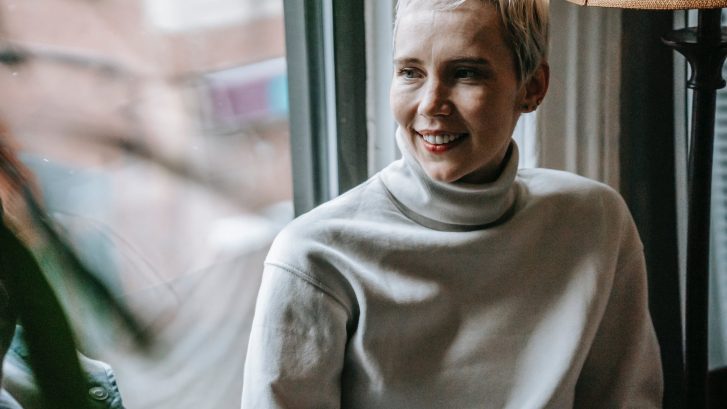
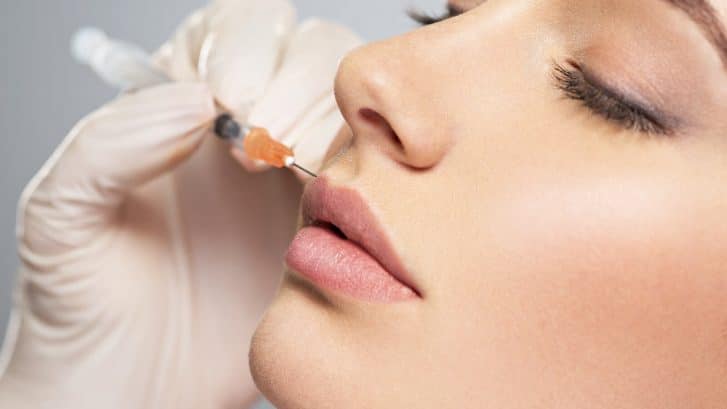

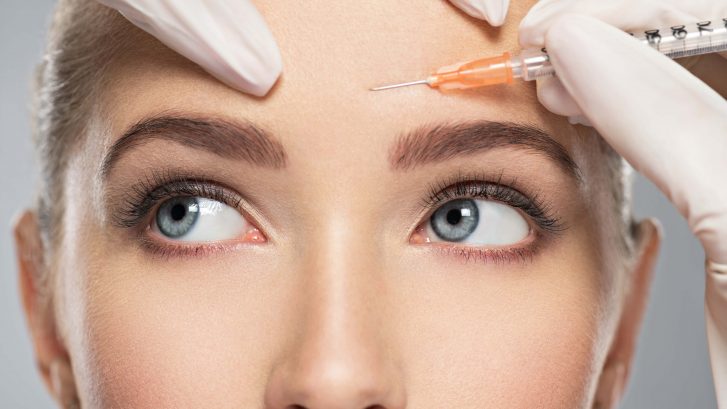


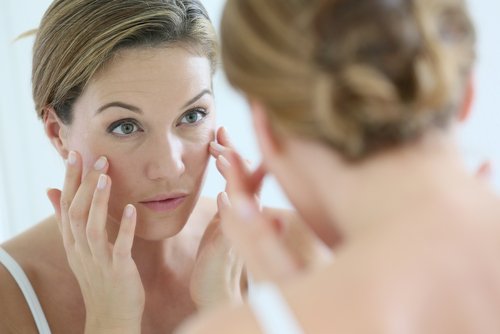

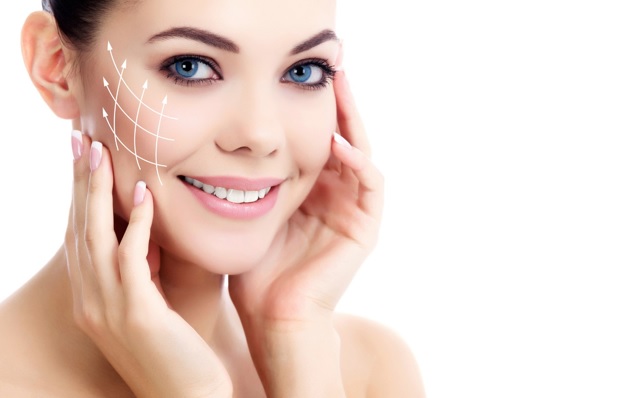
 Cosmetic surgery of any kind is a big decision and one that should not be made on a whim. Altering your physical appearance is an often-permanent and often-rewarding process, but only if you know what you want to change and why you want change it. A rhinoplasty is the second most common cosmetic procedure in the United States today. The surgery aims to both improve breathing problems and promote self-confidence, depending on each individual’s case.
Cosmetic surgery of any kind is a big decision and one that should not be made on a whim. Altering your physical appearance is an often-permanent and often-rewarding process, but only if you know what you want to change and why you want change it. A rhinoplasty is the second most common cosmetic procedure in the United States today. The surgery aims to both improve breathing problems and promote self-confidence, depending on each individual’s case.